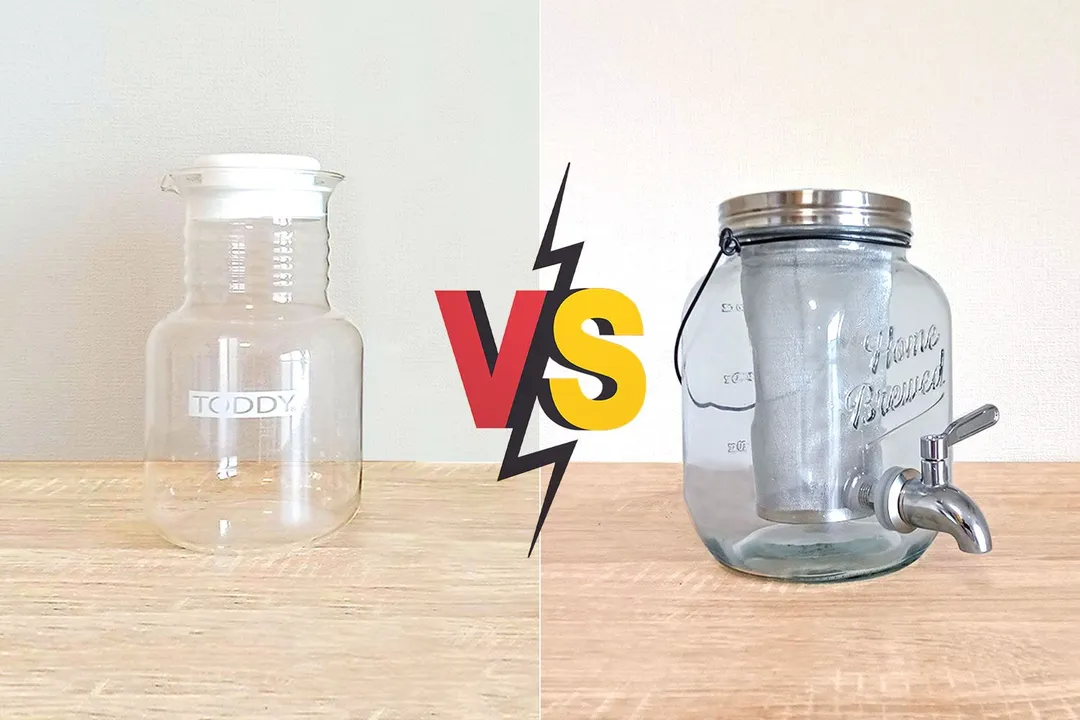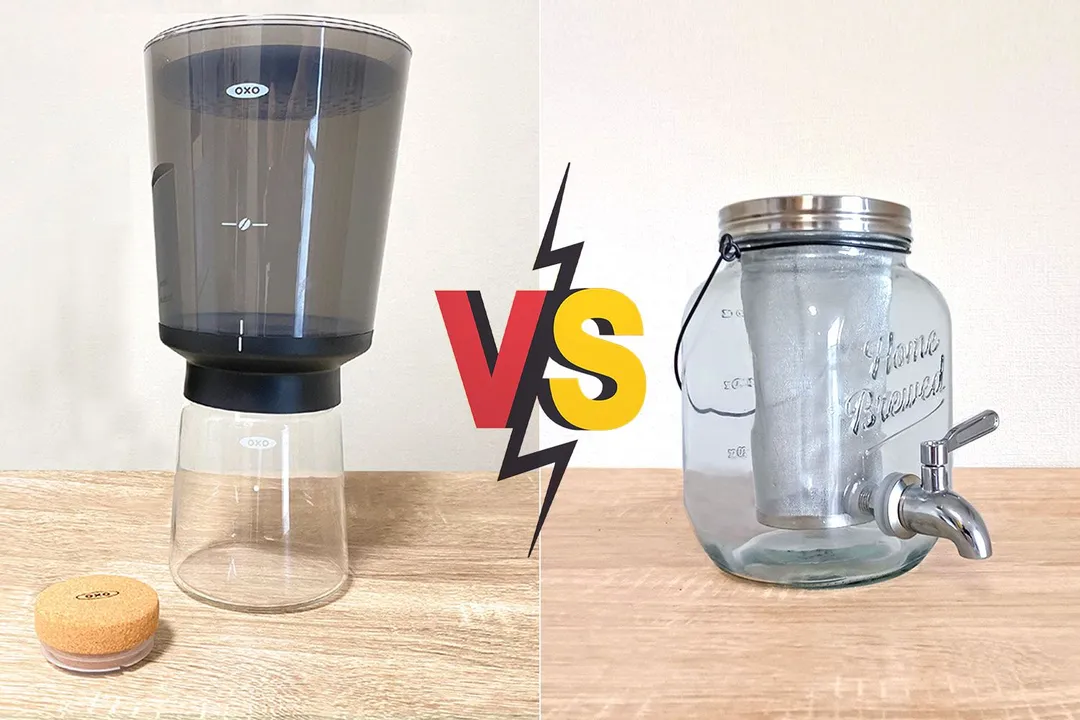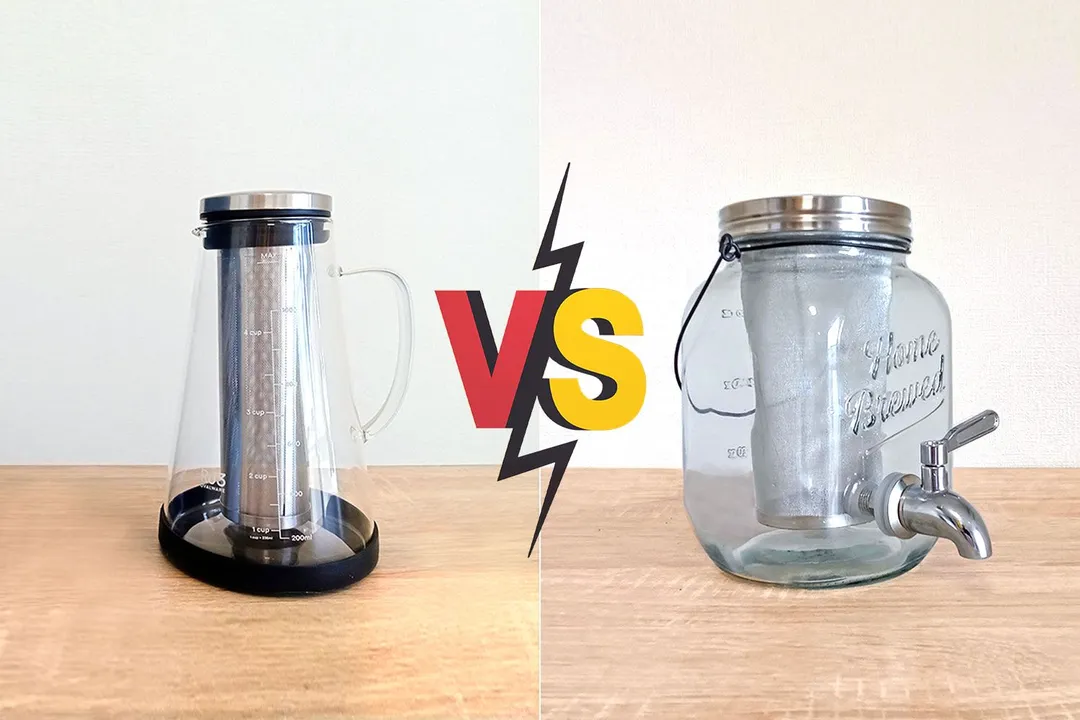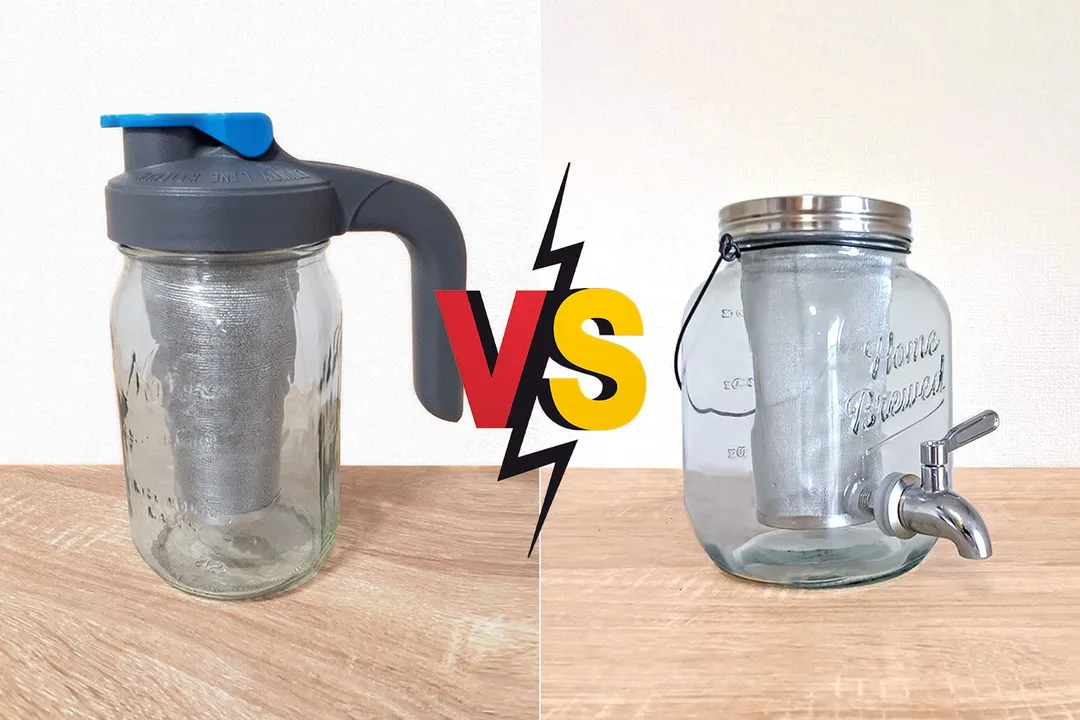Our recommendations are made independently through Research & Testing. We may receive commissions from purchases made via our links.
Takeya vs Willow & Everett Side-by-Side Comparison
Takeya cold brew coffee maker vs Willow & Everett. To brew quantity, compare the best choices between on the shelf or in-door brewing.
Takeya
Tested Using Methodology v1.0Willow & Everett 1 Gallon
Tested Using Methodology v1.0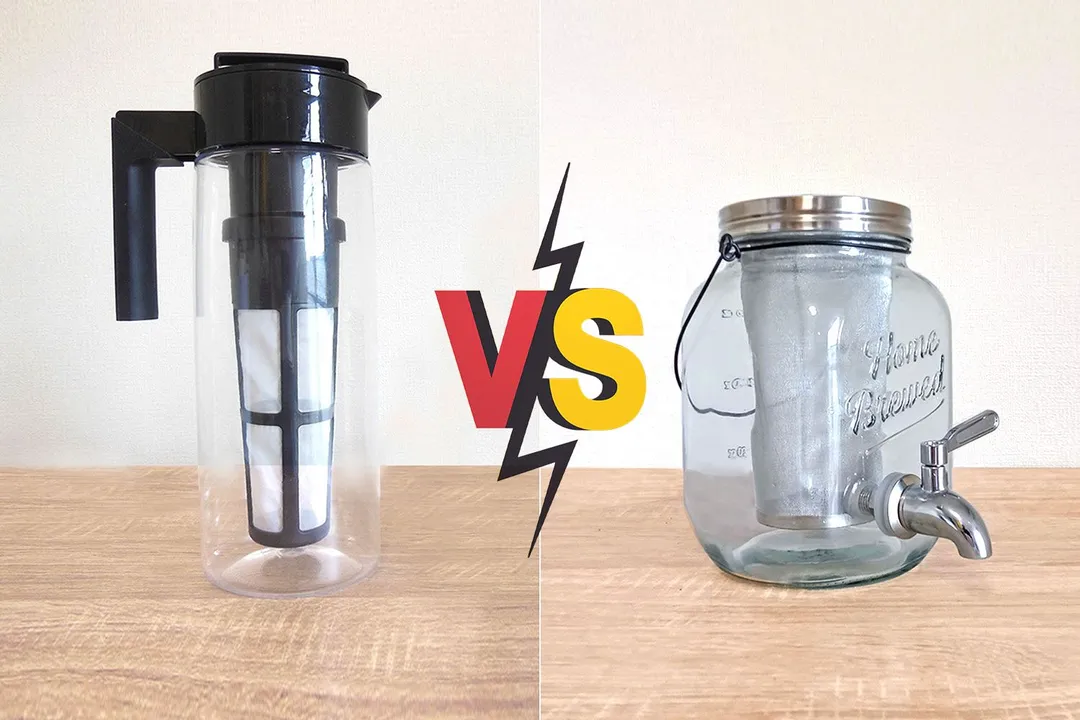
Overall Verdict
Takeya is one of the largest capacity cold brew coffee makers that you can put in the door of a refrigerator. It brews 56 fl.oz. water and produces 40.5 fl.oz. coffee. It’s comparable to the Willow & Everett if you’re looking to brew a good volume but don’t have the shelf space.
Takeya is practically the only spill-proof brewer that can lie on its side or stand in the refrigerator while brewing. Both brewers have a fixed brew ratio of 1:9. However, the Willow & Everett produces a stronger quality brew, which could be due to its more porous filter.
The Takeya is locally made in the USA from high quality Tritan plastic. The Willow & Everett is an all-glass product where the filter is a mesh type gauze. Therefore, the Willow & Everett can easily double up as a hot beverage brewer.
Pros & Cons
- Air tight brew decanter
- Cold or hot (tea) brewing
- BPA-free
- Dishwasher safe
- Durable & light weight
- 1 and 2 quart sizes
- Color choice
- Funky design
- Brew ratio
- Brew quality
- Tap dispenser
- Inadequate packaging
- Included instructions inadequate
- Filter cleaning
- Lid design
- Weak glass around tap
- Tap is temperamental
- No literature
Key Specs
Where to Buy
*You help support HealthyKitchen101's product testing and reviews by purchasing from our retail partners.
Analysis and Test Results
Brew Quality
Bouquet
Drinkability

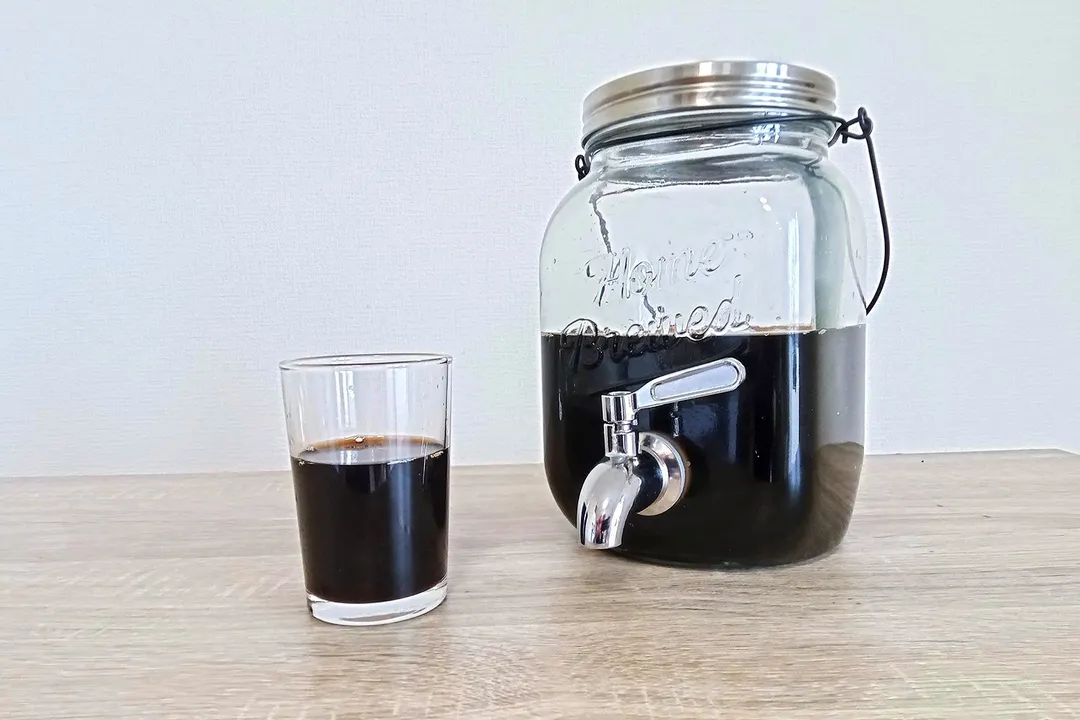
Sediment

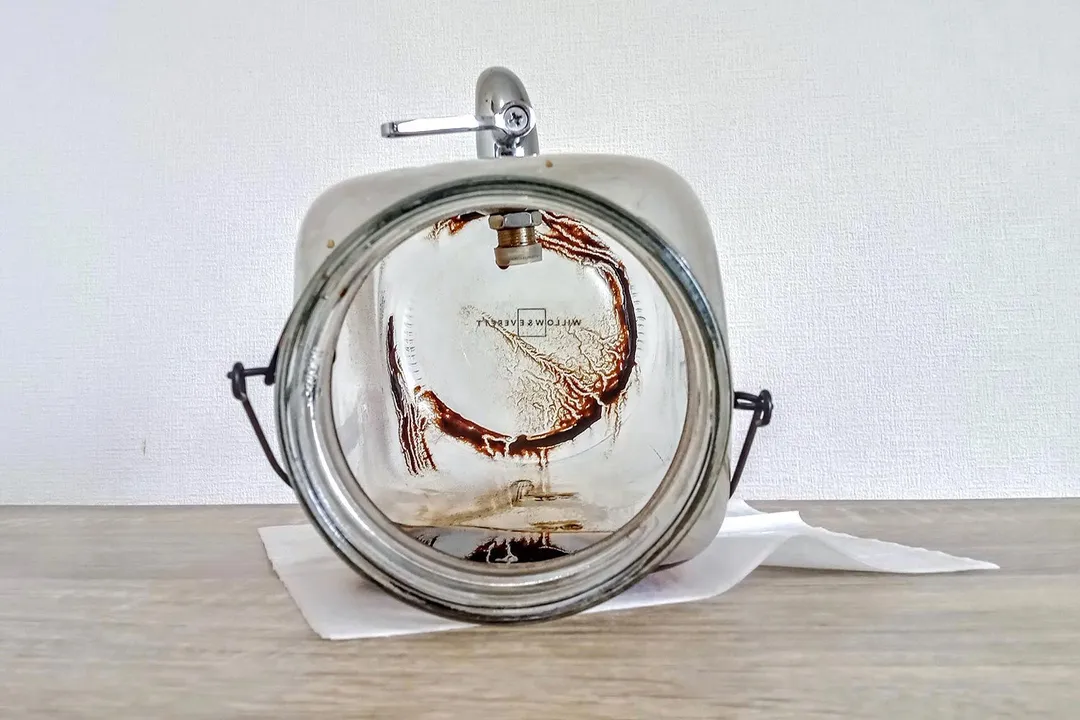
Design
In the Box


Decanter
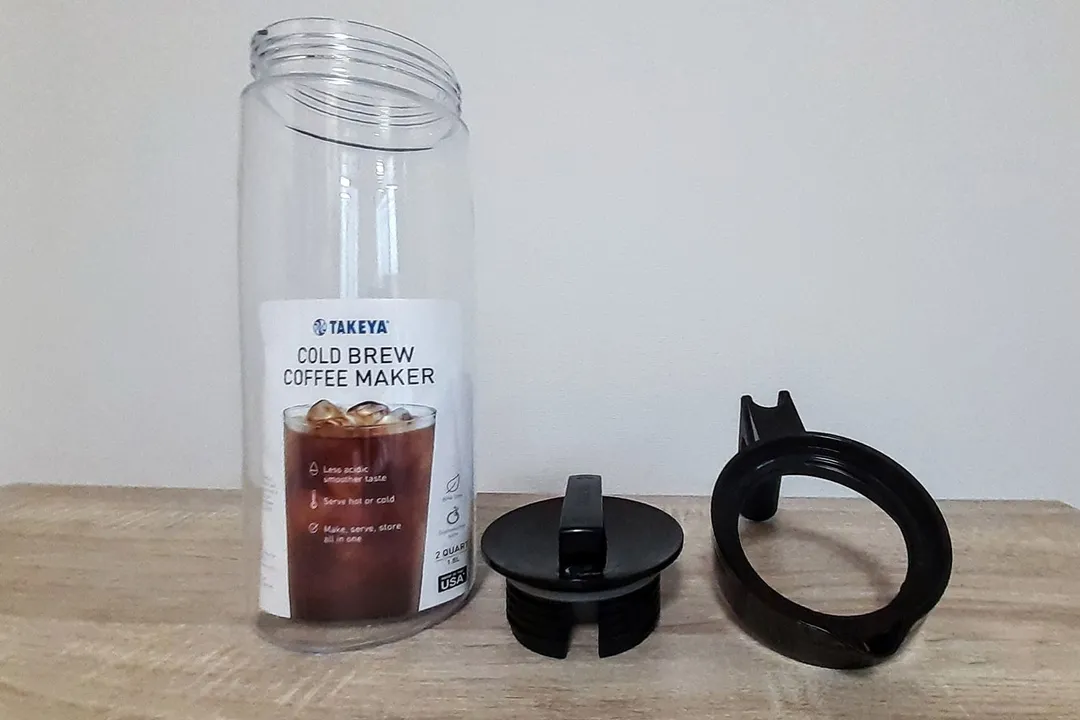
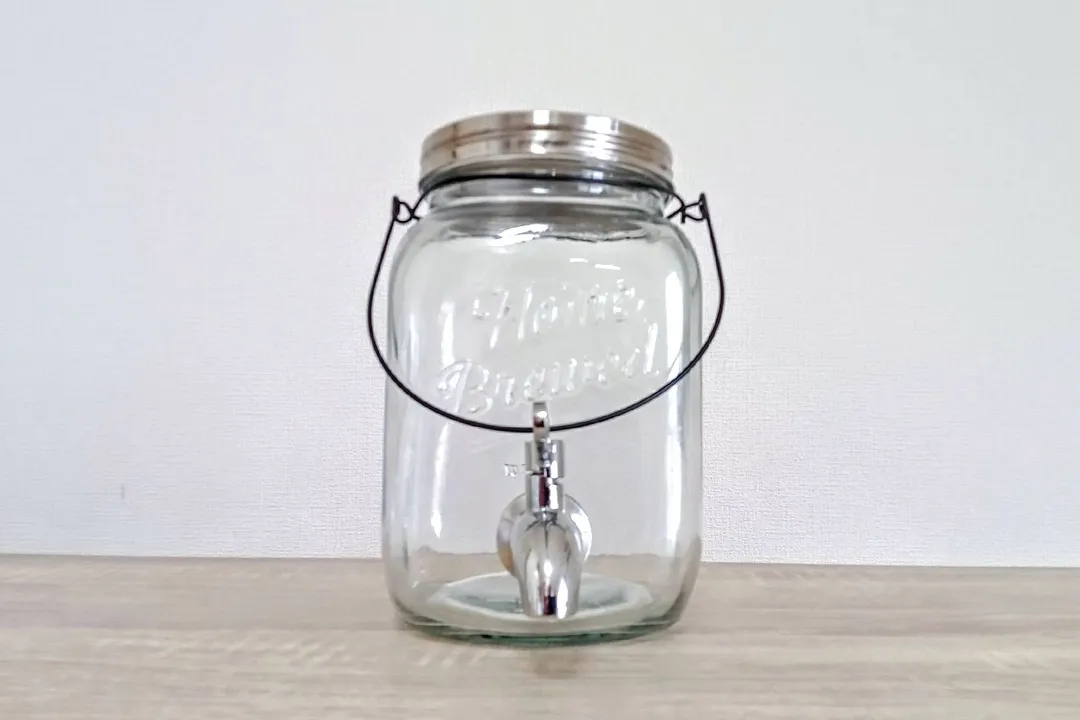
Stopper / Lid


Filter


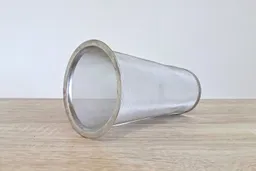

Build Quality


Usability
Brewing
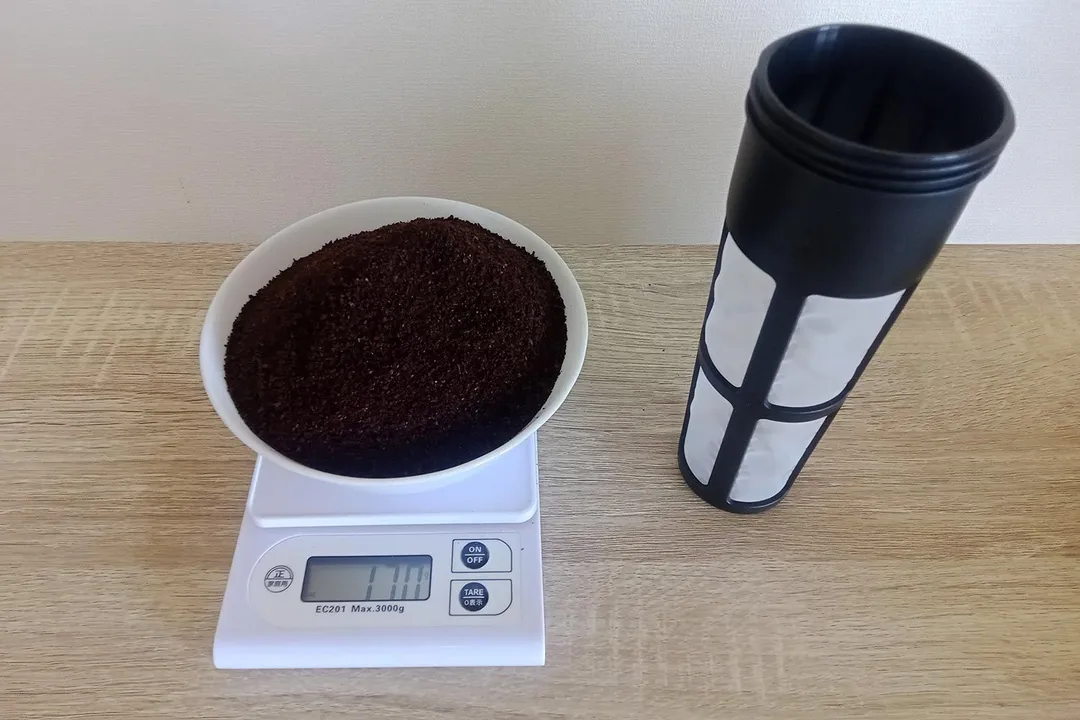

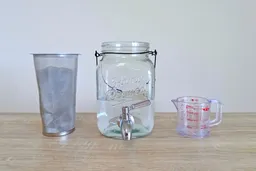

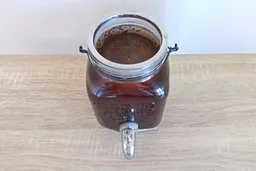
Decanting
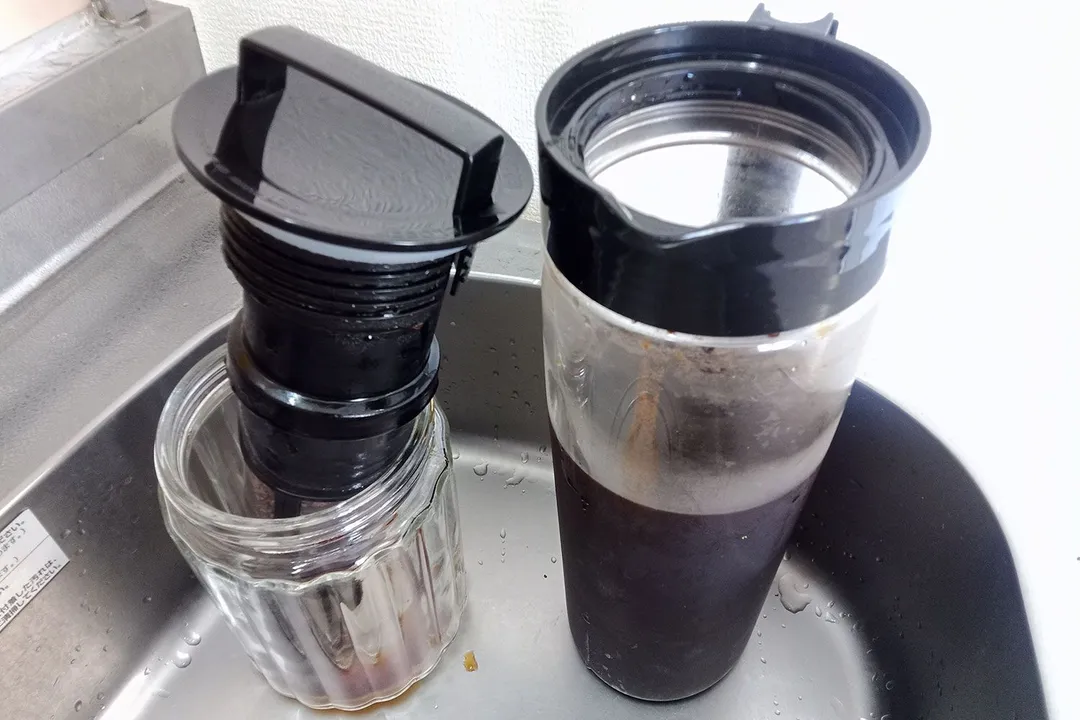
Cleaning and Storage
Behind the Comparison
Roger Shitaki is a writer, author, and editor. His niches are household appliances, health & wellness, and travel. He’s a freelance contributor to a Tokyo lifestyle website and a leading ophthalmology magazine in Asia.

